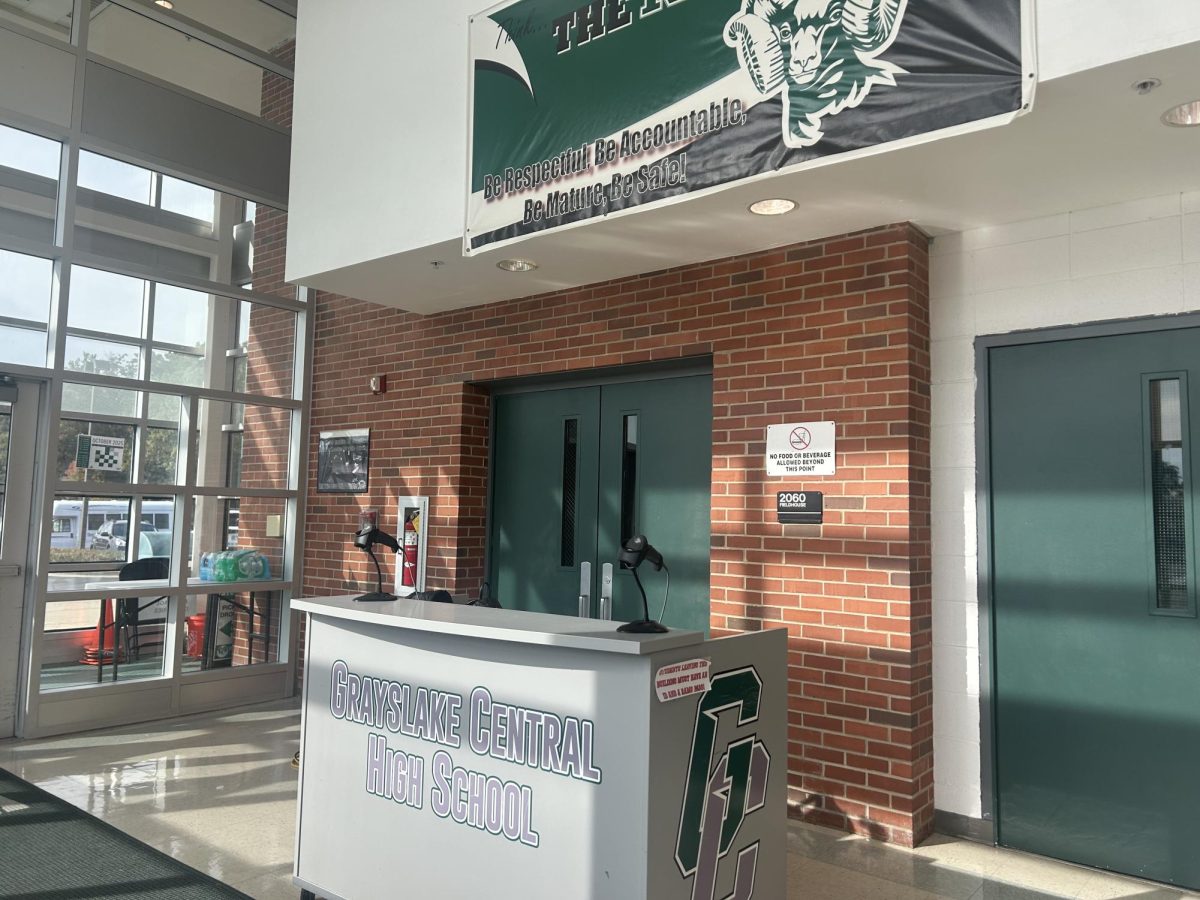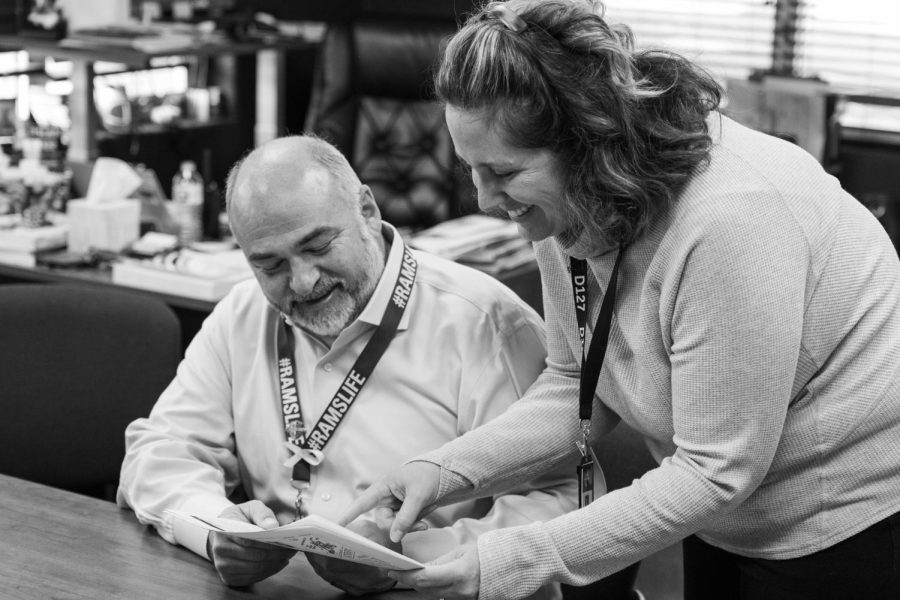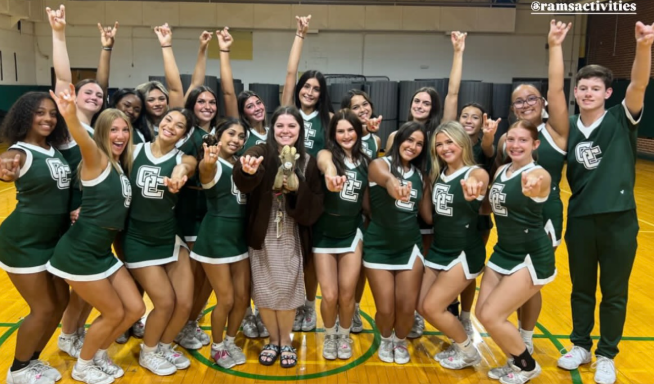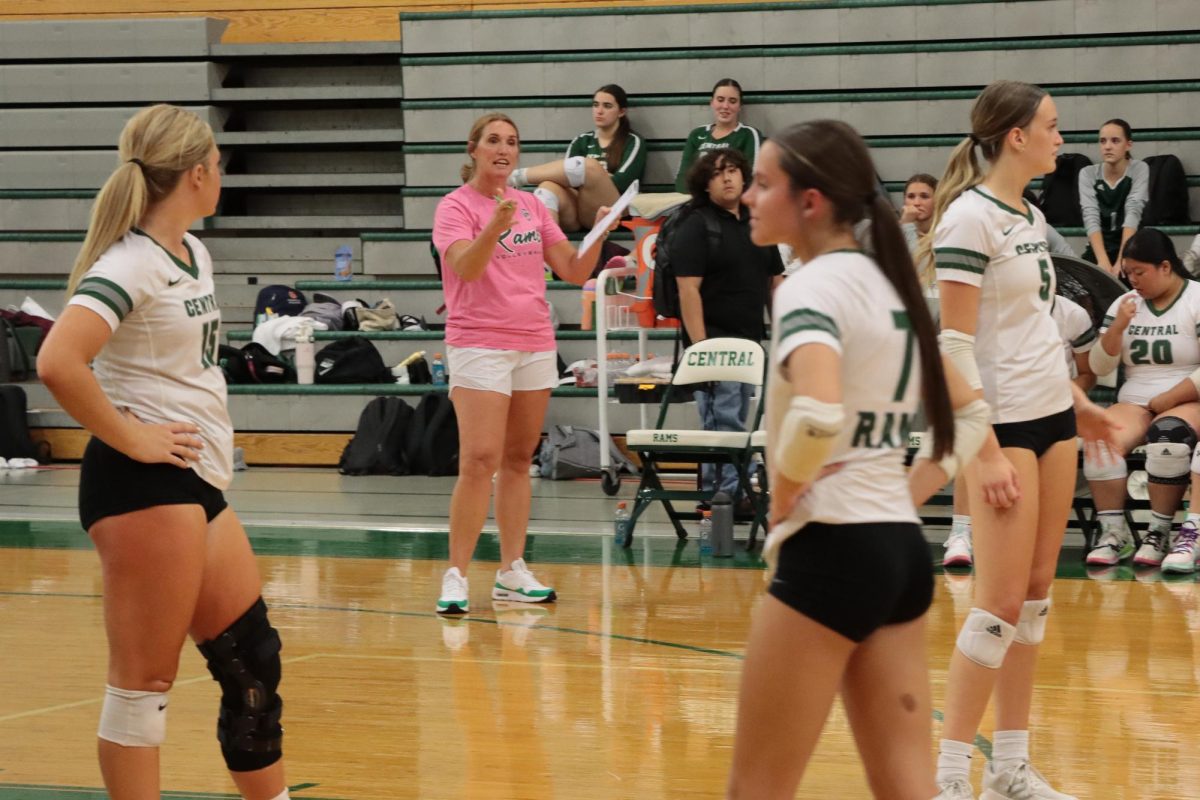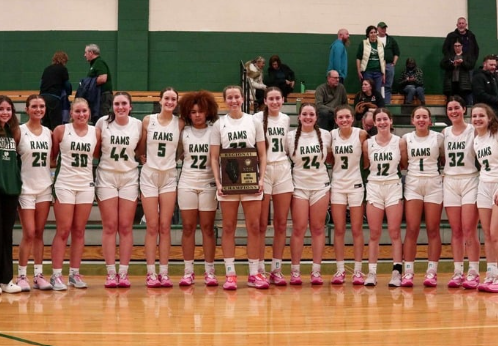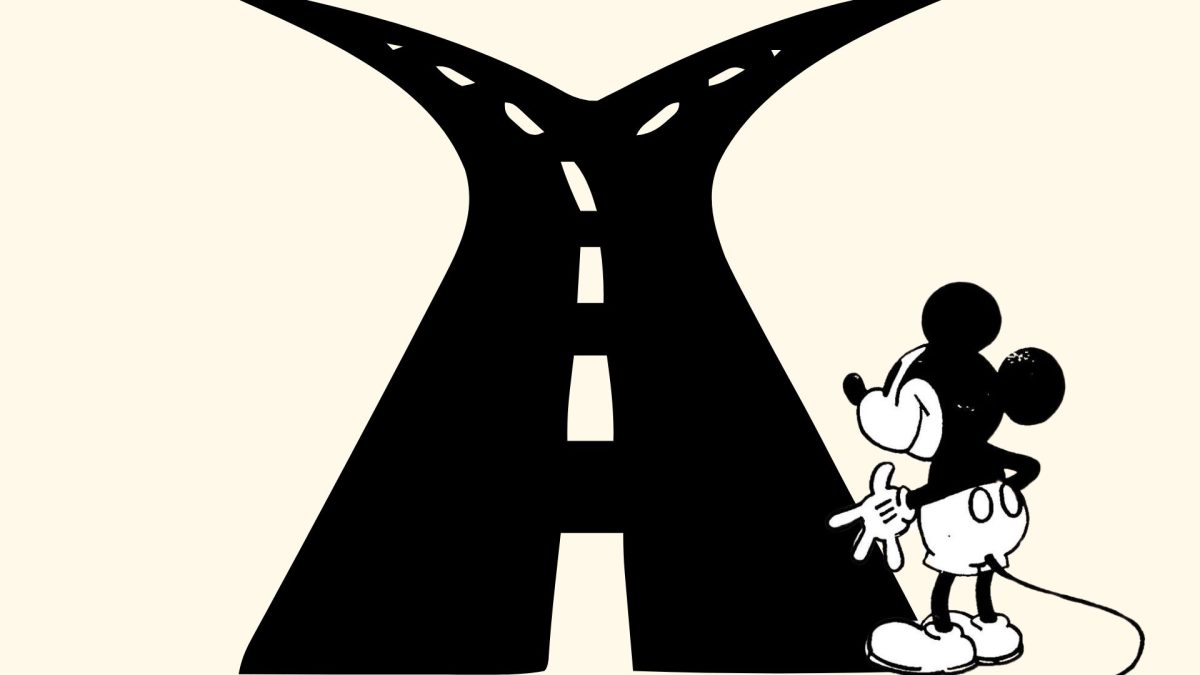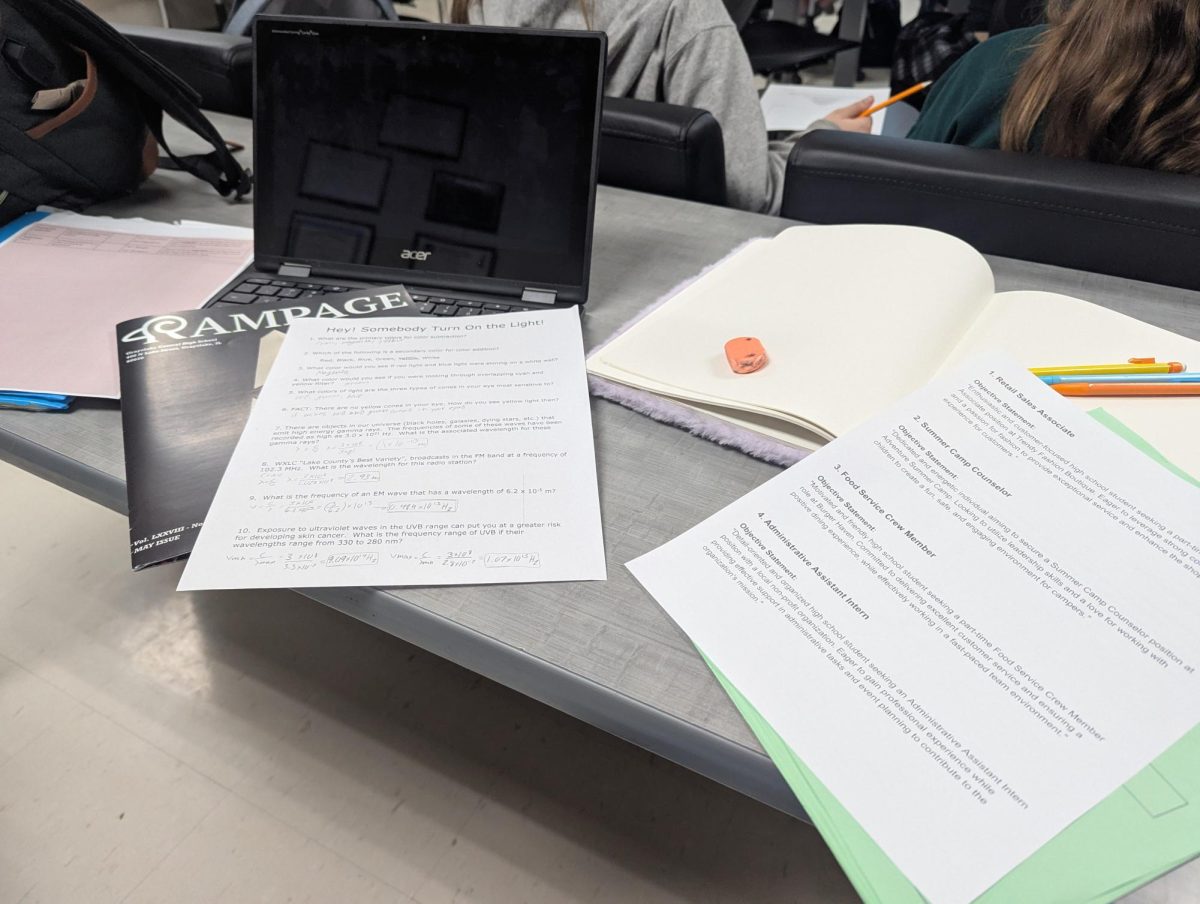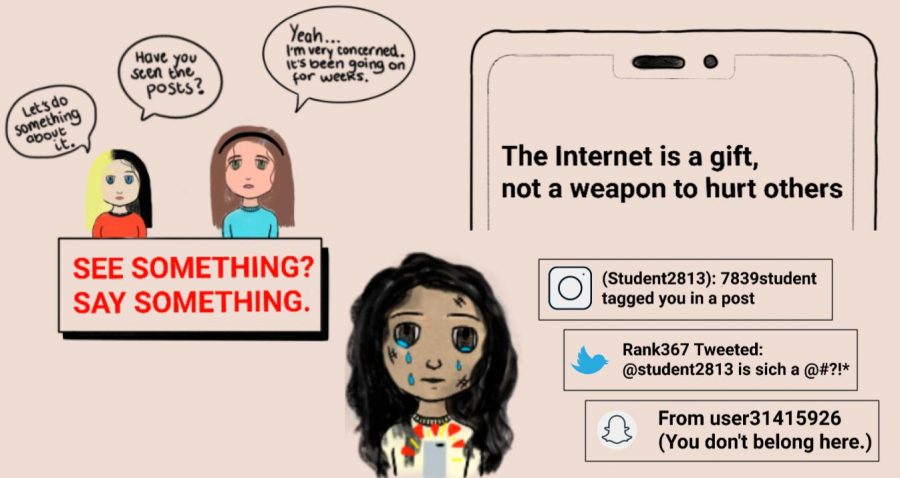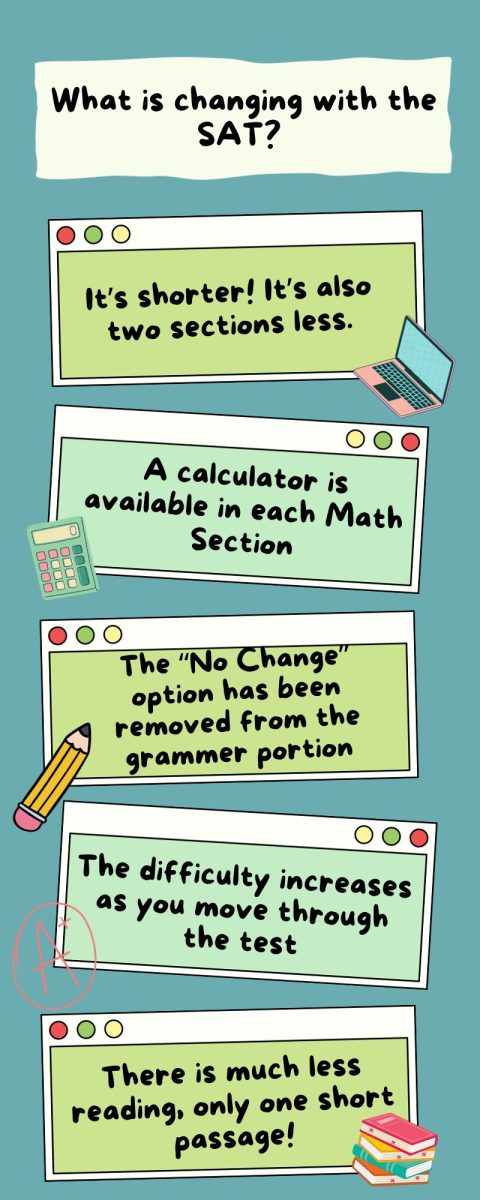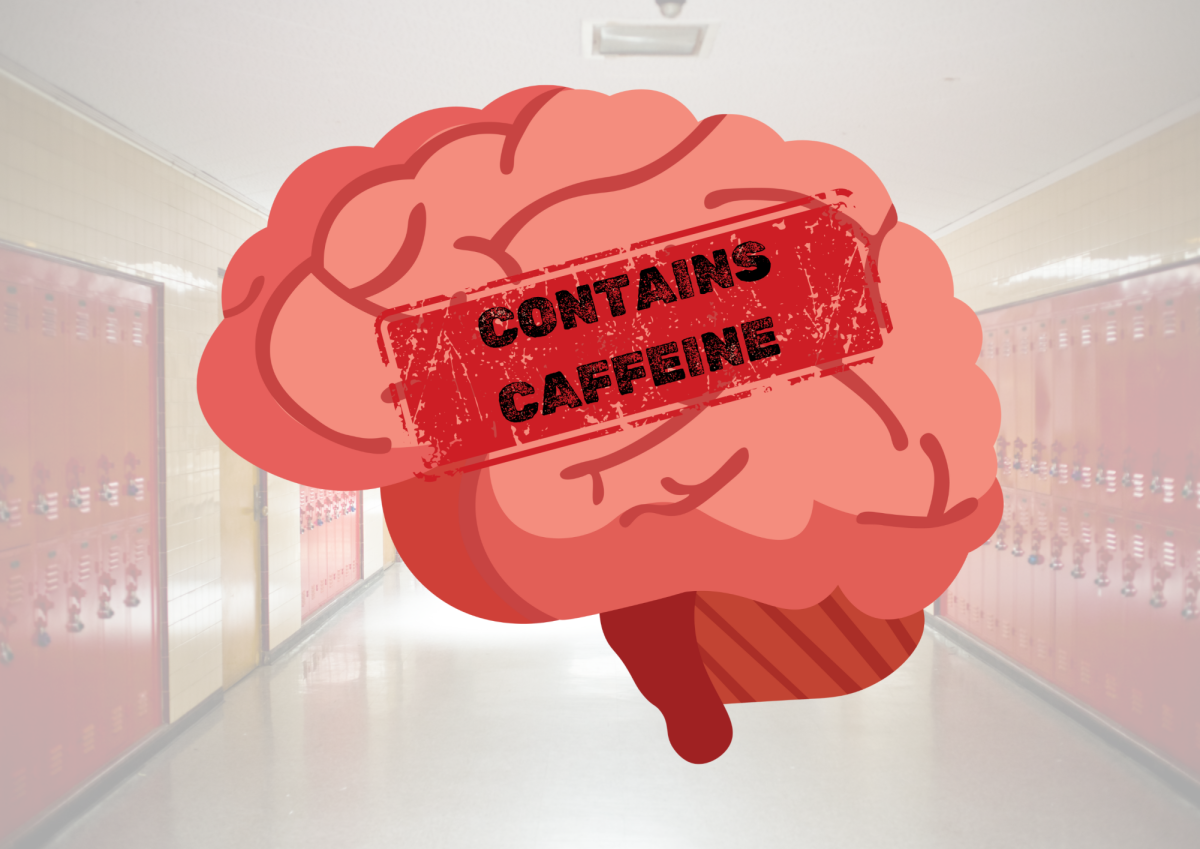For the first time ever the PSAT/NSMQT and the PSAT 8 were done digitally this year, with the SAT to follow suit later next year. To explain their reasoning behind going digital, the College Board said it “will be easier to take, more secure, and more relevant”.
The PSAT this year was significantly faster than the written version, clocking in at about 2 hours and 14 minutes rather than writtens 3 hours. It only had two sections instead of the previous four, which in the end allots for more time per question. This should allow people to better focus on their answers rather than having to worry about finishing on time. When asked if he felt the digital switch was positive or negative, GCHS Testting Coordinator Kevin O’Connor said “There is greater potential for factors beyond our control to impact individual students’ testing experience”, but he feels that “Ability, effort, and preparation will definitely be much more significant factors than the format on students’ scores.”
Senior Emma Bucel said, “I feel like it’d be too stressful if I had [the SAT] on [the] computer”, while Junior Cameron Gibson mentioned that while she was taking the PSAT this year, seeing the timer on the screen made it more stressful for her. Sophomore Zoey Czolek expressed some anxiety about the change to digital; “I feel like the fact that it’s online would scare me and cause me anxiety that something would mess up”, she said. Czolek also expressed concerns that this change is negative since they are “guinea pigs” for this new system. “Because we’re the ones that have to like, use the new thing and we’re all figuring it out” Czolek said.
Another benefit of this new format is that after the first half of a section, the test “is adjusted for difficulty based on how students perform on the first half.” O’conner said. This is similar to the MAP testing the D46 used when current GCHS students went to those schools. Senior Kathrine Minouge, when asked about this change said “I’ve heard from a lot of people that it’s easier”.

Standardized testing is a hot topic with many speaking out against its use as it’s seen that it unfairly judges kids. This was definitely heard by colleges, as during the pandemic and years following, many schools became test-optional. Minouge agrees that standardized testing is unnecessary and proposes “taking tests for specific colleges” as an alternative. While Czolek agreed that standardized testing was unnecessary she was more concerned with students mental health. “It’s so much stress for no reason”, she said. O’connor said that despite any flaws or advantages to standardized testing, “the reality is that they are still used by our district and State as baseline measures of student ability”.
The overall sentiment from students is that the benefits of the digital test such as more time, being quicker and maybe even easier than its written counterpart, does not outweigh the anxiety and external factors that come with switching to a new more experimental system. Seniors feel cheated that they didn’t get to take it this way while sophomores who will have to take it next year feel nervous about being one of the firsts to use this new system.

